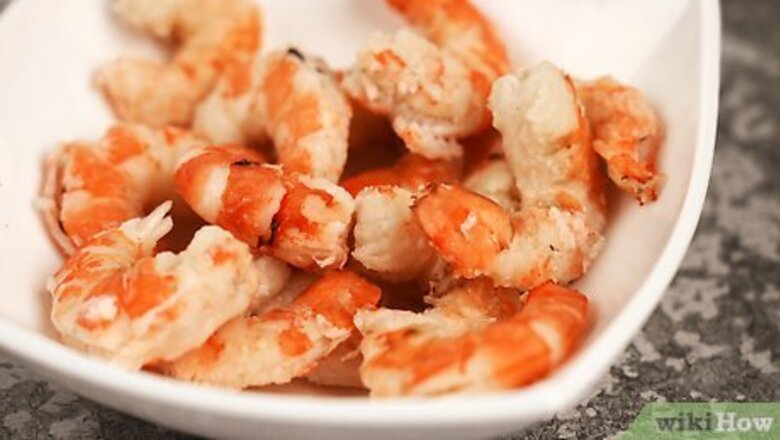
views
Thawing the Shrimp
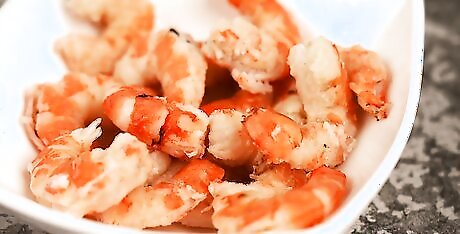
Thaw your shrimp overnight in the fridge whenever possible. If your pre-cooked shrimp is frozen, it's best to take the bag and place it in the fridge. It should thaw overnight and be ready to use in the morning. This is generally the most effective method, so thaw shrimp overnight whenever possible.
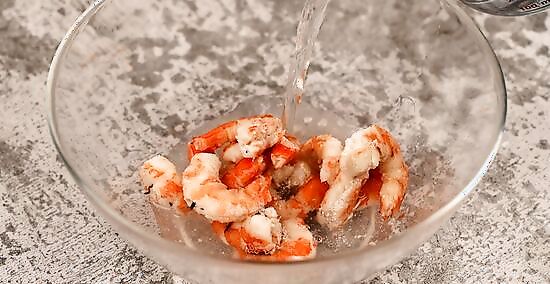
Thaw your shrimp in cold water for about 15 minutes. If you don't have time to thaw shrimp overnight, you can place your shrimp in a bowl of cold water. Place the bowl in the sink and turn on the faucet so it's letting out a small trickle of cool water. Leave the bowl in the sink for about 15 minutes to thaw your shrimp.
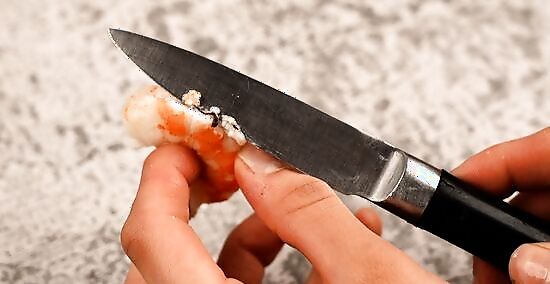
Remove the veins. Most cooked shrimp already have their veins removed. However, if the shrimps have a dark vein running along the backs, use a pair of scissors to cut through the back of a shrimp's shell. Then, grab ahold of the vein with your scissors and gently pull it out of the shrimp.
Reheating the Shrimp
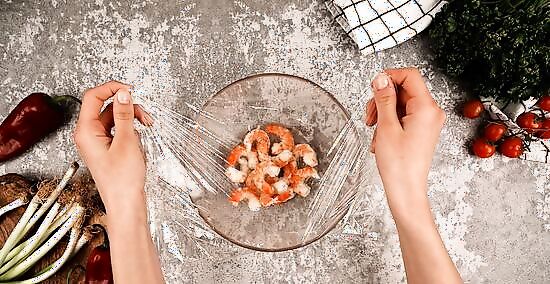
Microwave the shrimp on high heat for one to two minutes. Arrange your shrimp on a microwave-safe plate, keeping them separated in a single layer without any overlap. Add a splash of water to the dish and then cover it with plastic wrap. Microwave your shrimp on high heat for one to two minutes. If your shrimp aren't hot enough, you can microwave them for an additional 30 seconds or so. Microwaved shrimp will be very hot, so it's important to let them cool before serving them.
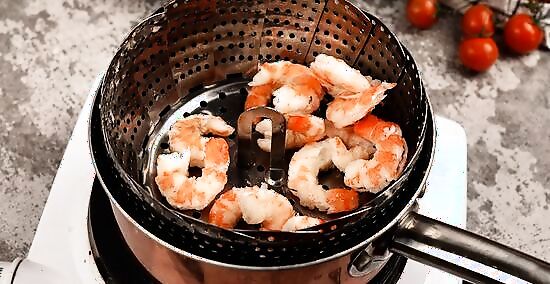
Steam seasoned shrimp on the stove. If your shrimp has already been seasoned, steaming helps preserve the flavor. Fill a pot with water and place a steamer or colander inside the pot. Place your shrimp in the steamer or colander. Then, place the pot over the stove and bring the water to a boil. Let the shrimp cook until they start to smell fragrant. Avoid stacking shrimp too high in the steamer and make sure they don't touch the water.
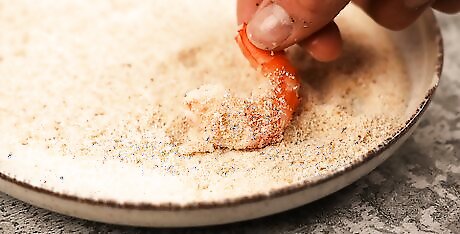
Cook breaded or coconut shrimp in the oven. If your shrimp are coated with breading or coconut, they're best reheated in the oven. Wrap the shrimp loosely in foil and place them on a baking tray. Cook the shrimp for 15 minutes at 300 degrees Fahrenheit (about 149 degrees Celsius).
Reheat shrimp in the skillet. Add enough oil to coat the bottom of a skillet or frying pan and place it over the stove. Add your shrimp in an even layer. Cook the shrimp for two to three minutes on each side.
Using Your Shrimp in Meals
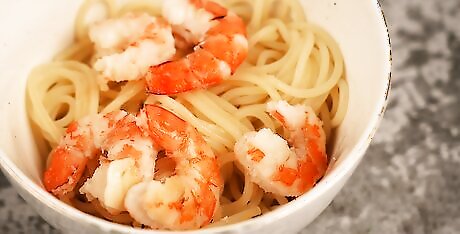
Make shrimp pasta. Shrimp can be a great addition to a basic pasta dish. You can cook your choice of pasta and mix in things like Parmesan cheese, garlic, and dried basil in for flavor. Mix some freshly heated shrimp into your pasta for a nutritious dish. For added nutrition, add some sauteed vegetables to your dish.
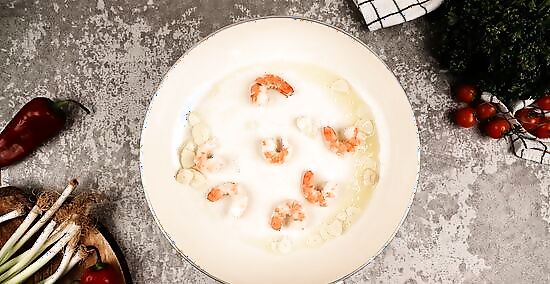
Cook your shrimp in garlic and butter. Simple garlic and butter can add a mild but tasty flavor to shrimp. Add about a spoonful or so of butter and a couple of cloves of minced garlic to your shrimp. Mix the shrimp together until they're coated in the garlic and butter and then enjoy.
Serve your shrimp as a snack. If you're having a party, heat up some pre-cooked shrimp. Place it in a dish next to cocktail sauce. Your guests can enjoy snacking on shrimp throughout the night.
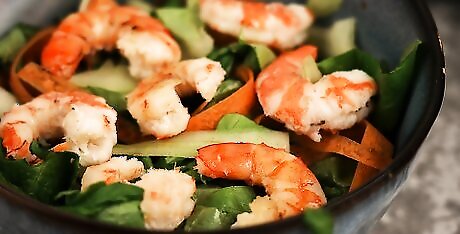
Add shrimp to salads. A salad can be great for lunch or dinner. If you want to add a little extra protein, toss in a handful of shrimp. This will make your salad more filling, cutting back on excessive snacking throughout the day.




















Comments
0 comment